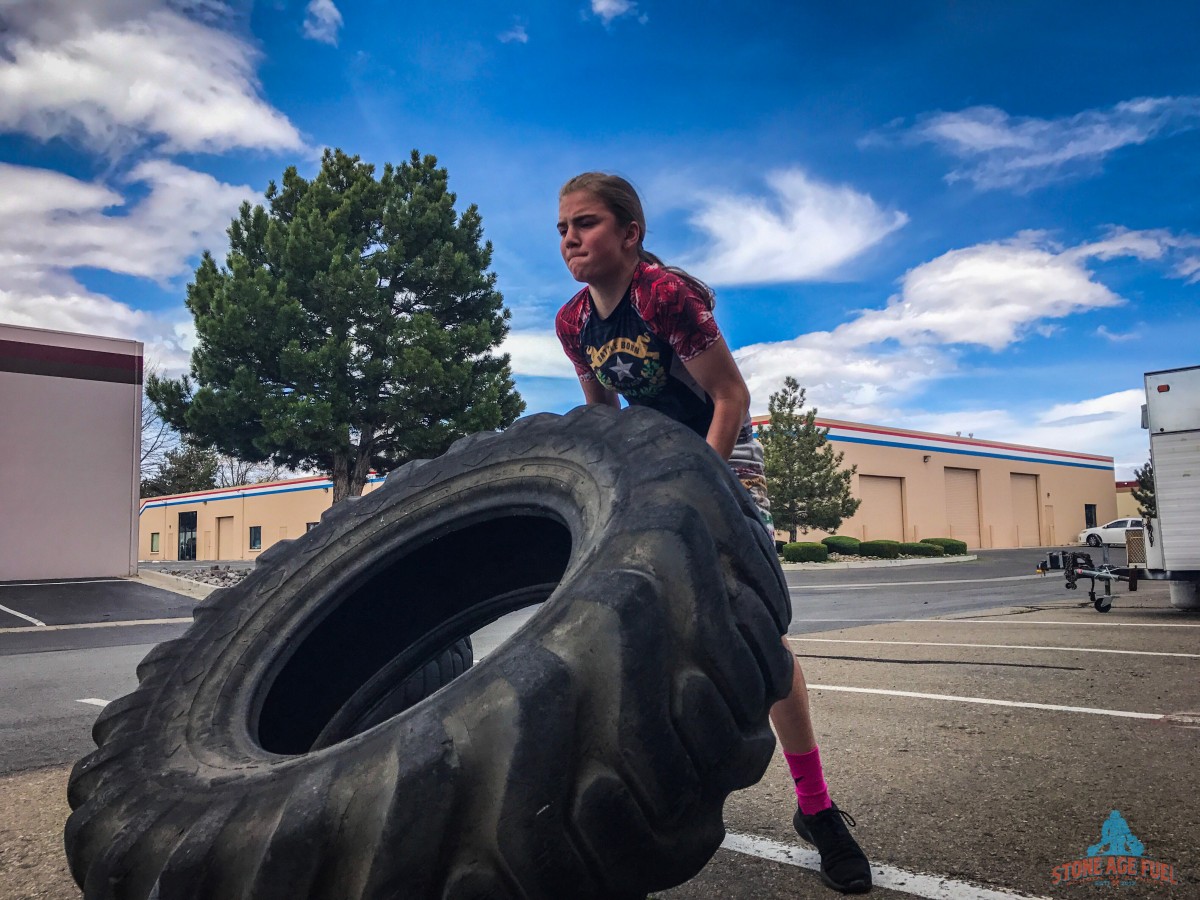RPE Explained
We have talked before about the importance of preserving the intended stimulus of a workout—that it’s important to choose the appropriate weights and movements in a training session that allows you to achieve the intention of the day.
For example, if a workout is designed to be a hard effort sprint that takes less than five minutes and it takes you 12 minutes to complete, you won’t reap the benefits you would have had you scaled it more appropriately and completed it in 4:30.
To a certain degree, much of this comes down to understanding your RPE. This means your rate of perceived exertion, or how hard you’re working intensity-wise for your body. By your body, I mean a five out of 10 RPE might look much different for you than it does for someone else, but what you’re both feeling in your bodies should be quite similar to one another as your intensity level is relative to your individual fitness level.
There are times when I tell people to go at a 6 out of 10 on the effort scale, or RPE, and I see them run to the bathroom at the end of the workout to puke. And vice versa: Sometimes the effort intention of the day is an 8 out of 10, and I see people having long conversations as they’re biking side-by-side, as if they were going for a casual stroll on the seawall.
It does take a while to figure out your RPE, and it will take some trial and error, so I figured it was worth taking the time to put into words what each level of your RPE feels like, so you have a better understanding of what you’re trying to achieve each day.
10: Max Effort:
This is a max effort, all-out sprint, more or less. At the end, you will be completely out of breath and almost unable to speak. Sometimes, it might even feel scary for a few seconds when you finish the workout and you literally wonder if you’re ever going to catch your breath again.
Let’s be clear, we don’t often ask you to go this hard, and if and when we do, it’s usually a short effort like a 1-minute max air bike or a 500-meter row. If this is what you feel like every single day you train, then you’re definitely missing the mark on your RPE. And if you have never felt that panicked feeling after a 500-meter all-out effort row, then you probably had more in the tank.
9: Super duper challenging
This is when you’re working so hard it becomes almost impossible to maintain the intensity level any longer. You certainly aren’t having conversations and are basically still unable to speak. When it comes to a weightlifting set, it probably means you couldn’t really do any more reps at that weight, but you would be able to lift heavier with some rest before the next set.
7-8: Vigorous effort
Here, you’re getting uncomfortable but you know your body is physically capable of maintaining the pace until the end of the workout, even though your mind kind of wants to stop. You certainly aren’t having a conversation about dinner, but you might be able to spit out a sentence like, “Can you pass me my water bottle?” mid-workout, although it’s an effort to do so.
4-6: Moderate effort
Your heart rate is up, but you’re relatively comfortable sticking to this pace. You can hold short conversations if required. It it’s a longer workout, you start to notice you’re still getting kind of tired by the end, or at the least the pace you started at is now feeling a bit more challenging.
2-3: Light effort
You could maintain this pace and converse with your friends for a couple hours. Think a long walk or hike. You’re not at your resting heart rate, but breathing is easy and comfortable.
1: Barely activity at all
You’re basically just not laying down on a couch or sleeping. Think day-to-day tasks, such as the effort required to brush your teeth or stand up from the toilet.







